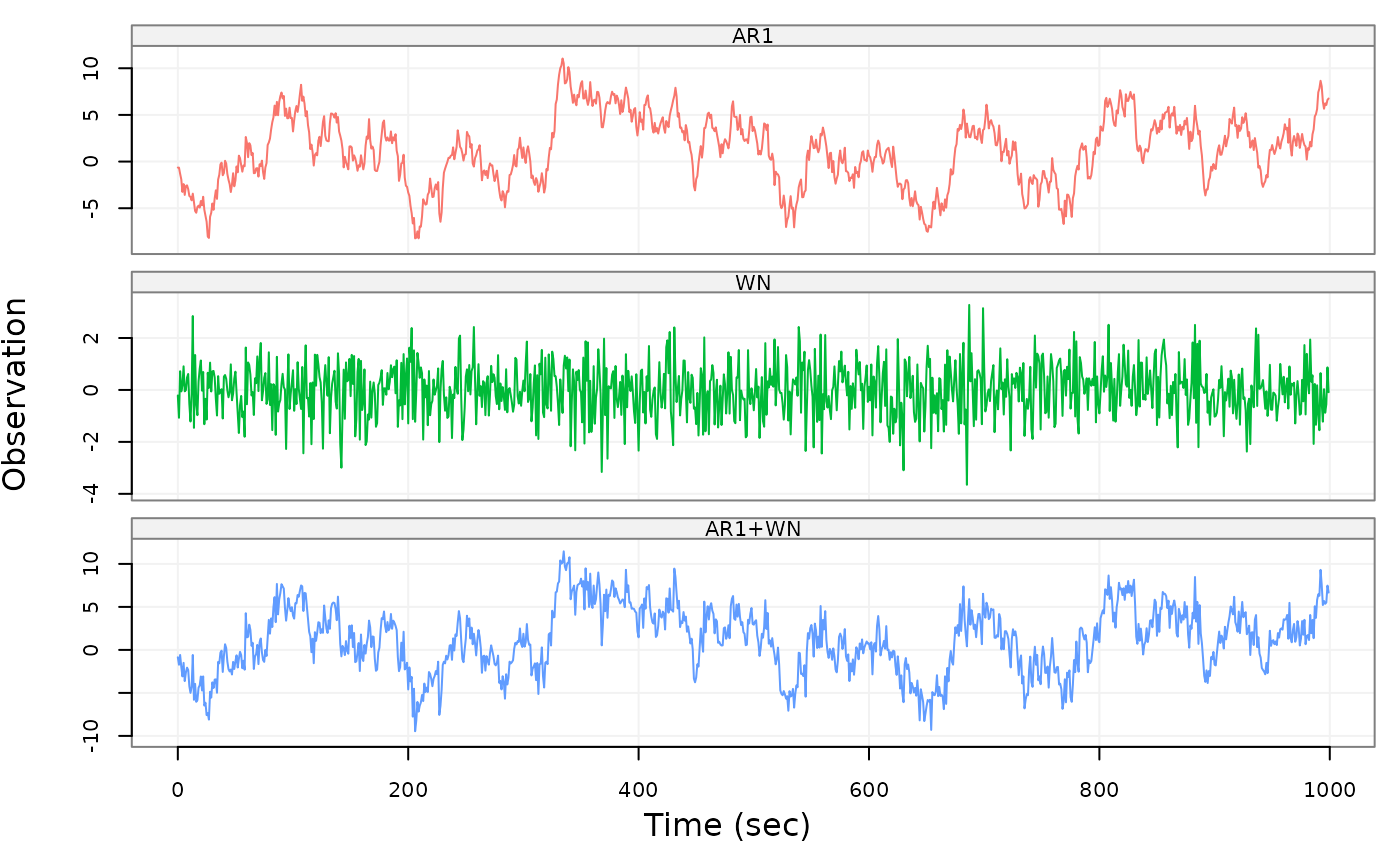Create a lts object based on a supplied matrix or data frame. The latent time series is obtained by the sum of underlying time series.
lts(
data,
start = 0,
end = NULL,
freq = 1,
unit_ts = NULL,
unit_time = NULL,
name_ts = NULL,
name_time = NULL,
process = NULL
)Arguments
- data
A multiple-column
matrixordata.frame. It must contain at least 3 columns of which the last represents the latent time series obtained through the sum of the previous columns.- start
A
numericthat provides the time of the first observation.- end
A
numericthat provides the time of the last observation.- freq
A
numericthat provides the rate/frequency at which the time series is sampled. The default value is 1.- unit_ts
A
stringthat contains the unit of measure of the time series. The default value isNULL.- unit_time
A
stringthat contains the unit of measure of the time. The default value isNULL.- name_ts
A
stringthat provides an identifier for the time series data. Default value isNULL.- name_time
A
stringthat provides an identifier for the time. Default value isNULL.- process
A
vectorthat contains model names of each column in thedataobject where the last name is the sum of the previous names.
Value
A lts object
